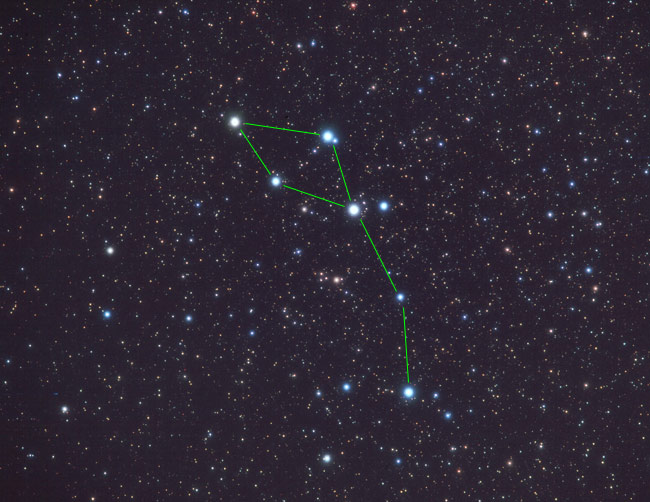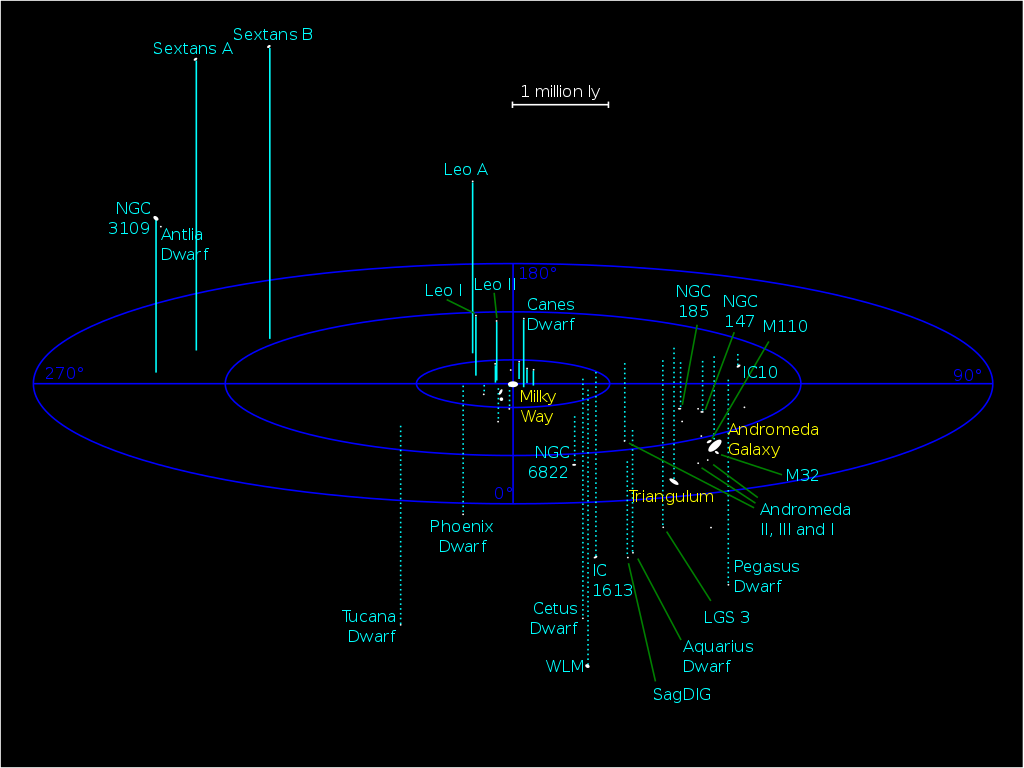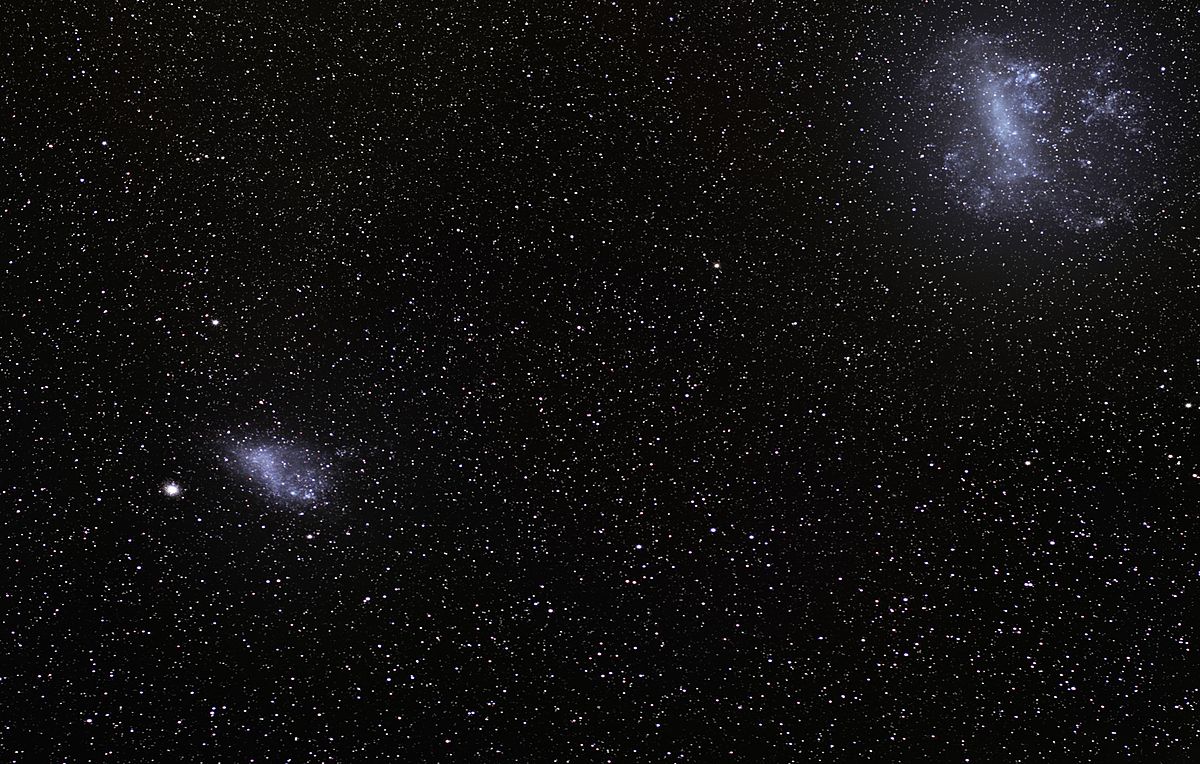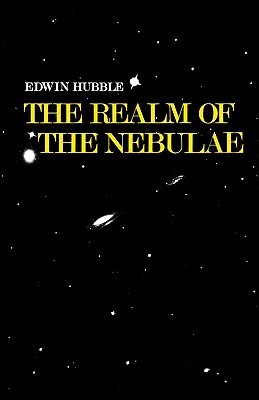_-_Arion_on_a_Sea_Horse_(1855).jpg%22&N=William-Adolphe_Bouguereau_(1825-1905)_-_Arion_on_a_Sea_Horse_(1855).jpg)
Arion: the ebullient musician
Crafter of elegiacs; adorned son of Lesbos; inventor of dithyrambic hymns sung by Dionysius' dancing ladies. One of the ancient world's most gifted musicians, second, perhaps, only to the ill-fated Orpheus, Arion was the son of Poseidon and Ino, the queen of Thebes, the rare mortal who, in death, became through apotheosis "the white goddess." Like others of divine parentage, Arion possessed unusual physical beauty, yet he was loved first for his music. So gifted was Arion that he earned the favor of Apollo, the god of music, poetry and language. Apollo, capricious and haughty even by immortal standards, hardly ever bestowed his favor on mortals. That Arion was so honored attests to his music's unearthly loveliness. Unlike the morose Orpheus whose mournful tones once even reduced Hades, himself, to tears, Arion's compositions were joyful. His harmonies were described as "wine for the soul" that could induce happiness in the most hard-hearted. And, whereas Orpheus' exquisite singing caused trees to bend down to listen and rendered even rocks immobile, a song by Arion was said to have induced fertility into barren ground and even inspire vines to luxuriant growth. (Hence, the association with Dionysius, god of wine.) Arion's music exerted a profound effect on animals: he could lull attacking bears into calmness and summon sea creatures from the deep.
Though born in Thebes, he spent part of his childhood in Lesbos, where, even in his early youth, Arion's divine musical gift was evident. He often performed at the island's festivals that were scenes of frenzied joy: it was even said the enfeebled old and the awakened dead were inspired to dance with renewed vigor by his music. Such talent does not go unnoticed and Arion, much to the chagrin of the people of Lesbos, was soon summoned to the court of Periander, the austere king of Corinth.. When Arion first arrived at the court populated by stone-faced soldiers and their severe king, the king commanded him to perform at once. Arion complied and within moments, the soldiers forgot all discipline and were dancing. Even the king was evoked to an unusual fit of joy and laughter. Arion was brought under Periander's patronage at once. He was sent to many foreign lands to compete in festivals. He won each competition handily and would bring back to Periander sacks of gold he earned with these victories.
These gold sacks soon drew the attention of the sailors commissioned to bring Arion back and forth between competitions. After returning with Arion following yet another festival, the sailors devised a plan. They knew that they would soon be taking Arion to Sicily, location of a famous musical competition. They also knew that Arion would win and as a result earn a great quantity of gold: greater than any previous amount he had ever won. The sailors resolved to murder Arion as they returned to Cornith and divide the gold evenly among themselves. They would concoct a story about Arion dying at sea. The sailors did, indeed, take Arion to Sicily and, as predicted, he won the competition and claimed a rather large sack of gold pieces. On the first evening of their return voyage, as Arion stood on deck admiring the sea, the sailors surrounded him. Arion turned and immediately saw the murderous intent in their expressions. He was a rather slight person, actually, and wouldn't have stood a chance against one of the burly sailors, let alone a crew of them. He quickly thought of a solution. As the sailors approached, he said, "Wait! I know that you are going to kill me. But, first, may I play one more song? Music is my one love and I want to say goodbye to it." Now, the sailors wanted the gold, but they all loved Arion's music, even if they would have never admitted it. Besides, what harm could there be to let the boy play one last time? So, one the sailors fetched his lyre and handed it to him. Arion played at once and despite themselves, the sailors smiled and even danced. Arion knew, of course, that the sailors would immediately return to the matter at hand once the music stopped. He backed up to the side of the ship and noticed, to his delight, a single dolphin, Delphinus, had been summoned up by the music. As soon as he stopped playing, Arion tossed himself overboard and landed next to the dolphin. He climbed on Delphinus' back and said, "Convey me to Cornith!" Delphinus whisked Arion away at astonishing speed. The dumbfounded sailors watched Arion and the dolphin racing to the horizon. They did not pursue him. For one thing, the dolphin was far too fast and they would have never caught up to him. Secondly, Arion left his gold behind and so the sailors attained their booty without actually having to kill Arion. They actually liked Arion and were glad that they didn't have to take any extreme action. All the same,they assumed he would perish in the sea, There were many leagues between the craft and Corinth and the young musician couldn't travel that distance, even with a dolphin, or so they believed.


Well, the sailors underestimated Delphinus. Without so much as a moment's respite, Delphinus delivered Arion safely to Corinth a few days before the ship would return. When he arrived, Arion related the story to Periander. When the king and Arion saw the ship returning, the furious Periander instructed the young man to hide behind a tree. The King greeted the ship and inquired after Arion. The captain told him that, alas, Arion had lost the competition and in his despondency threw himself overboard and drowned. Periander then called for Arion to step out of concealment. When they saw Arion, the sailors immediately confessed their crimes and pleaded for mercy. Unfortunately, Periander wasn't known for his mercy. He promptly arrested the sailors and crucified them all, crucifixion being the preferred punishment for the most detestable criminals as it caused excruciating pain, a protracted death, and deprived the subject of all dignity. Arion's career continued and he was celebrated in all lands for his music.
Delphinus, the dolphin who rescued the young musician from what would have been certain death, now resides in the stars. Arion's father, Poseidon, placed the brave, kindly dolphin in the heavens as a tribute. We can find him tonight high in the evening sky. Delphinus is the small quadrilateral shaped constellation just to the east of the Summer Triangle.


